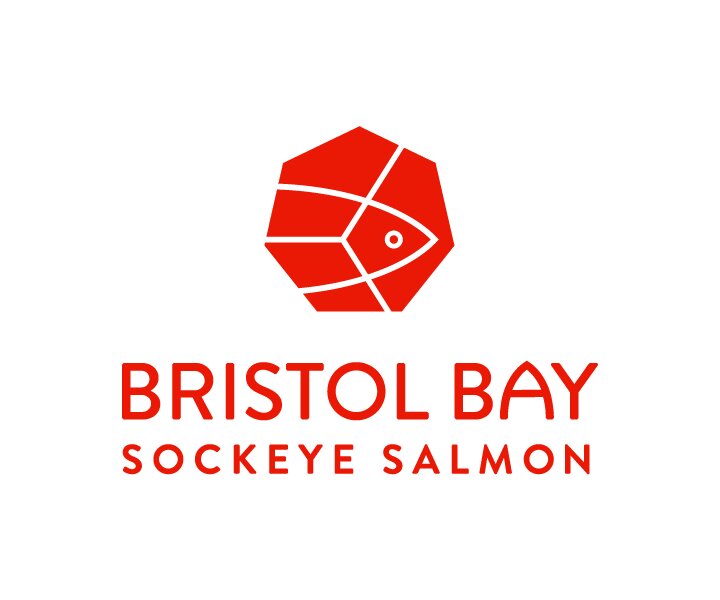From Intrafish: Outlook 2025: New Alaska sockeye marketing leader sees plenty of opportunity to tell Bristol Bay story
/BBRSDA Executive Director, Lilani Dunn spoke to Intrafish about the year to come.
Outlook 2025: New Alaska sockeye marketing leader sees plenty of opportunity to tell Bristol Bay story
Rachel Sapin | Published 2 January 2025, 23:36
Over the past two seasons, Alaska's processors and fishermen have faced challenges including excess inventory, historically low prices, intense global competition, and significantly smaller salmon in the state's sockeye fisheries.
Lilani Dunn, executive director of the Bristol Bay Regional Seafood Development Association (BBRSDA), represents over 1,800 fishermen working in Alaska's Bristol Bay, home to the world's most valuable salmon fishery.
Dunn, who joined the organization in 2020 to lead its marketing program, became executive director at the beginning of 2024. She stepped into the role amid difficult market conditions and has since focused on forging new collaborations and marketing initiatives for the product.
Looking ahead, Dunn sees opportunities to increase domestic consumption and to further share the Bristol Bay story with retailers, restaurants, and consumers in an impactful and engaging way.
What were your biggest challenges in 2024, and how has the company adapted to them?
Inflation was a major hurdle, especially with rising labor costs and a shift in consumer spending habits. The strength of the American dollar compared to the Japanese yen posed another significant challenge.
Additionally, while Bristol Bay saw a plentiful sockeye return, the fish were smaller in size, leading to a reduced supply — a tough scenario for the market. And, as always, protecting Bristol Bay from the ongoing threat of Pebble Mine remained a critical focus for us.
Amid all the challenges, what milestones did you achieve in 2024?
We focused on differentiating Bristol Bay Sockeye Salmon as a premium protein option. We worked to educate consumers on the value of our salmon — it’s local, natural, wild, healthy and comes from an unparalleled fishery supporting thousands of families.
Our Bristol Bay Families to Yours campaign underscores this unique aspect of Bristol Bay in a way that consumers crave. By emphasizing these qualities, we kept demand strong throughout 2024, laying the groundwork for the 2025 fishing season, when we expect a healthy supply of sockeye.
One major success was our collaboration with the Copper River Marketing Association to highlight the unique benefits of salmon from both regions. This partnership was a win for retail partners who carry both Copper River and Bristol Bay salmon.
Our events, such as Salmon Week in DC and Seattle, exceeded expectations. We had close to 30 partners in DC and over 50 in Seattle. In Seattle, having fishermen lead training sessions and demos at restaurants and stores was particularly impactful.
After a challenging 2023, I’m incredibly proud of our lean team of four, along with two year-round contractors who assist with retail and brand partnerships. Having the support of our board and aligning our activities with the needs of our fishermen members, processors and distributors has been key to building brand recognition for Bristol Bay sockeye.
What are the biggest challenges you expect in 2025?
Changes in tariffs will impact Bristol Bay sockeye exports, but they also present a significant opportunity to build on the momentum behind increasing demand in the domestic market. Consumers are increasingly prioritizing ease and cost, but quality remains our top priority. The supply chain for sockeye is incredibly long — from harvest to plate — and while we can’t control every aspect, we’re continually exploring ways to ensure the best quality product reaches the market.
What changes do you expect to make in 2025?
We’ll continue sharing the Bristol Bay story with retail and restaurant partners, as well as directly with consumers. There are plenty of compelling reasons to choose Bristol Bay sockeye, but we also want to make our messaging approachable and fun. For example, cooking sockeye at home shouldn’t feel intimidating.
We also need to manage expectations around natural variability. One year, the fish might be smaller, the next, they might be larger. It’s a wild fishery, and that’s part of its beauty. Other natural foods often get a lot of grace for variations, but wild seafood doesn’t seem to get the same understanding. I believe education and familiarity can go a long way in changing that.





